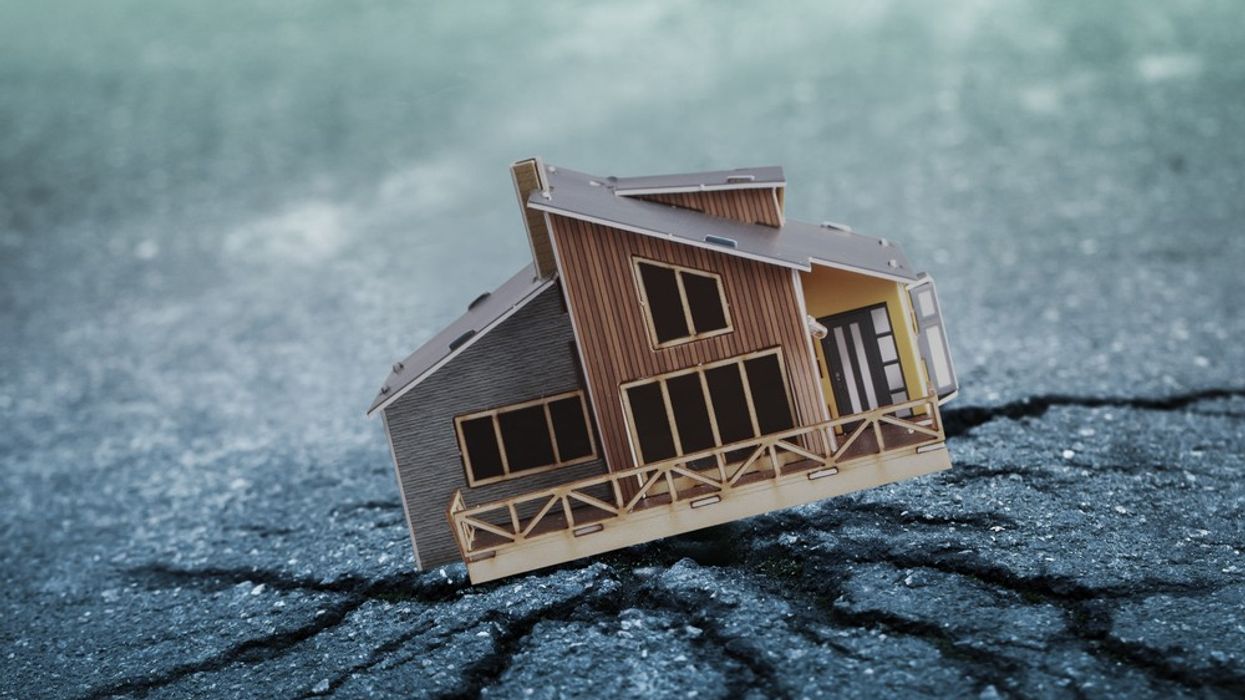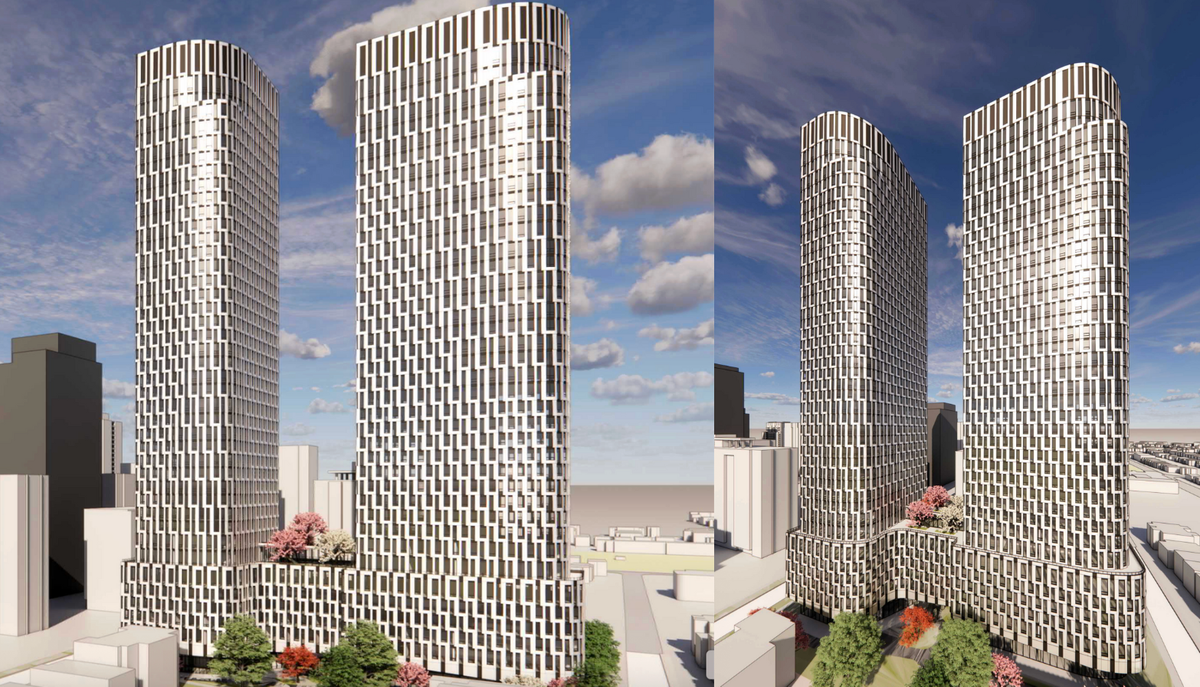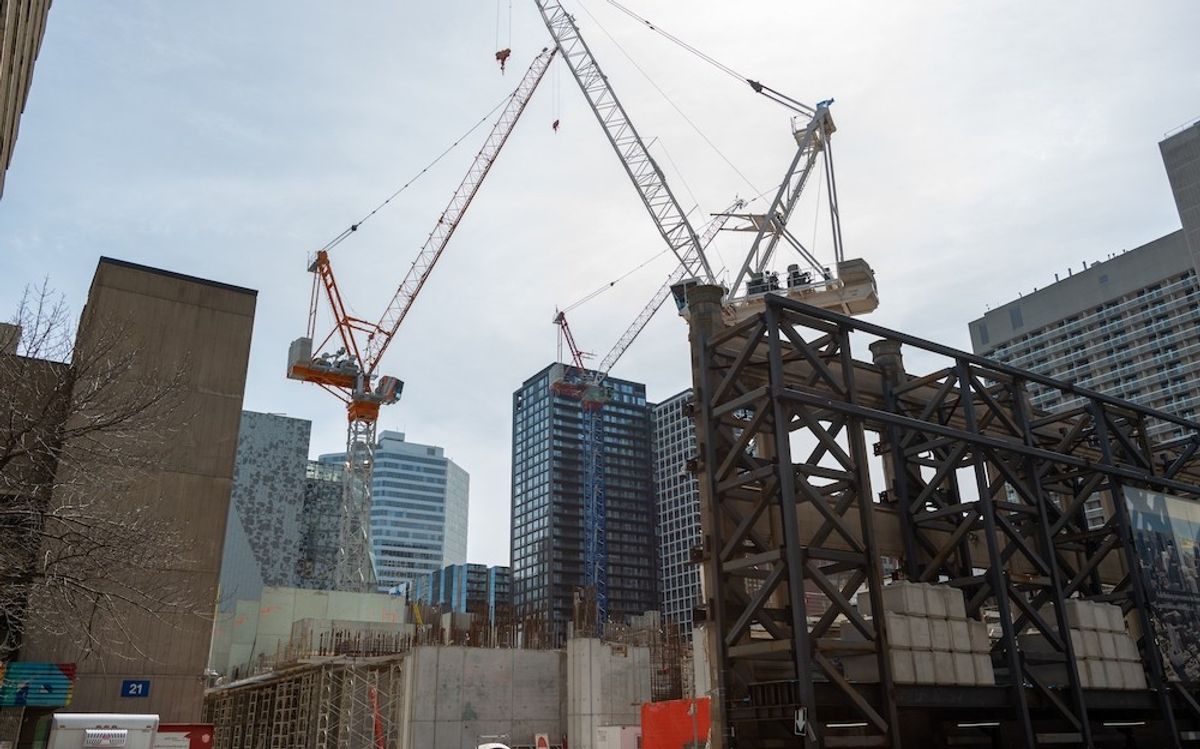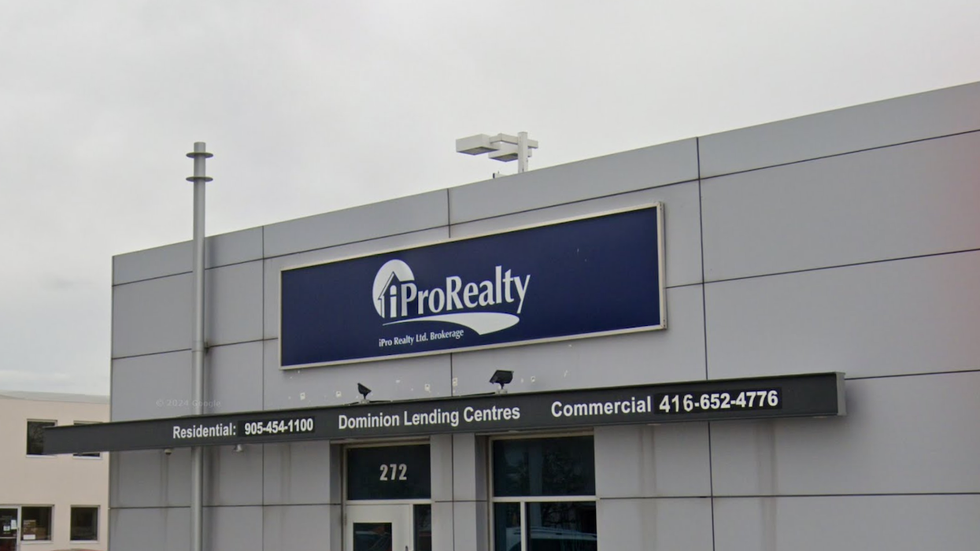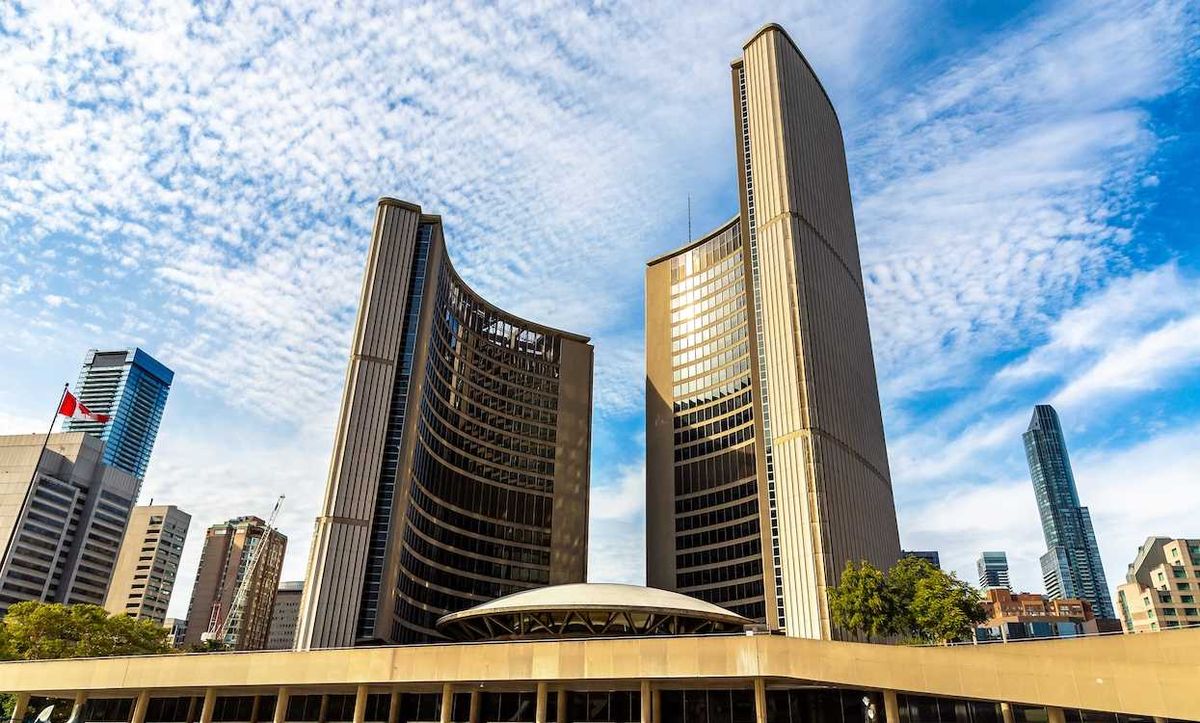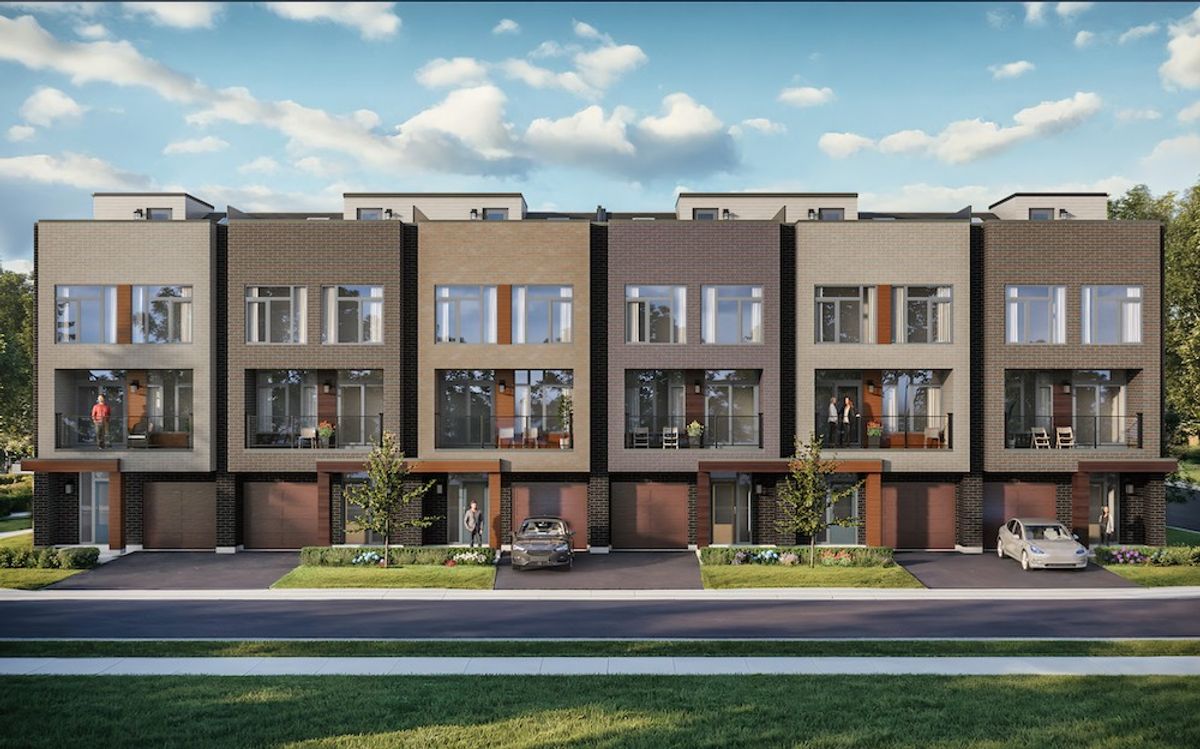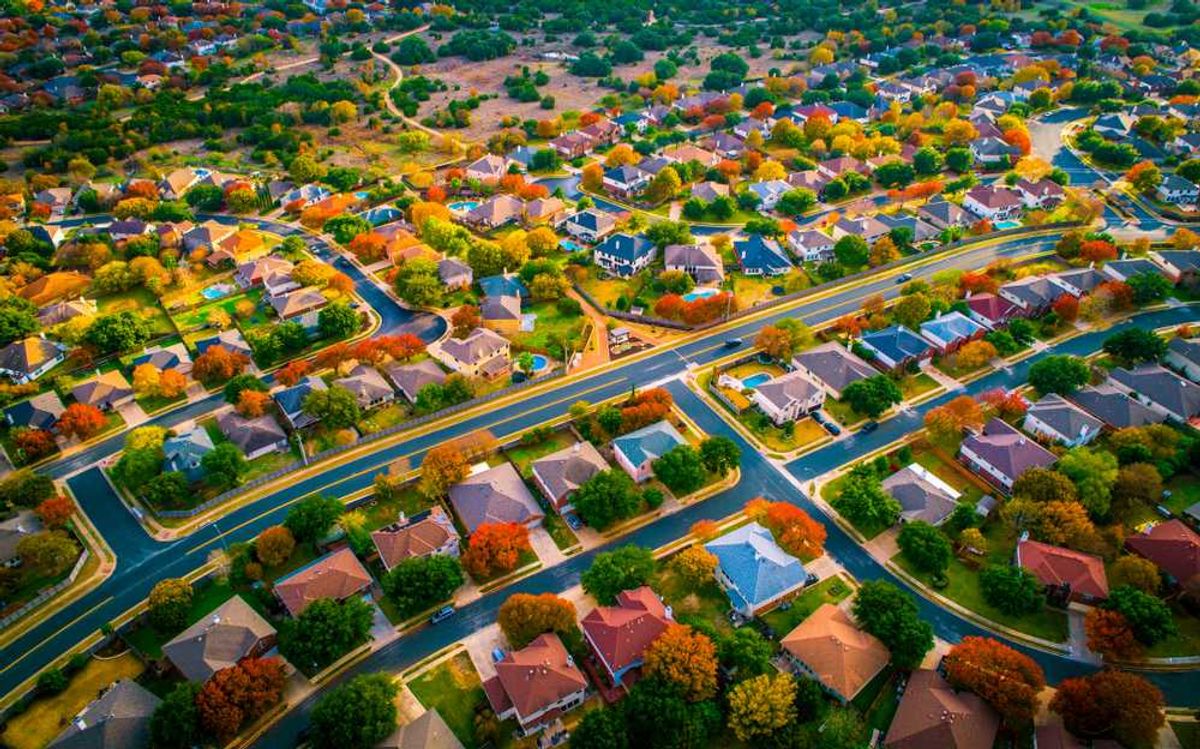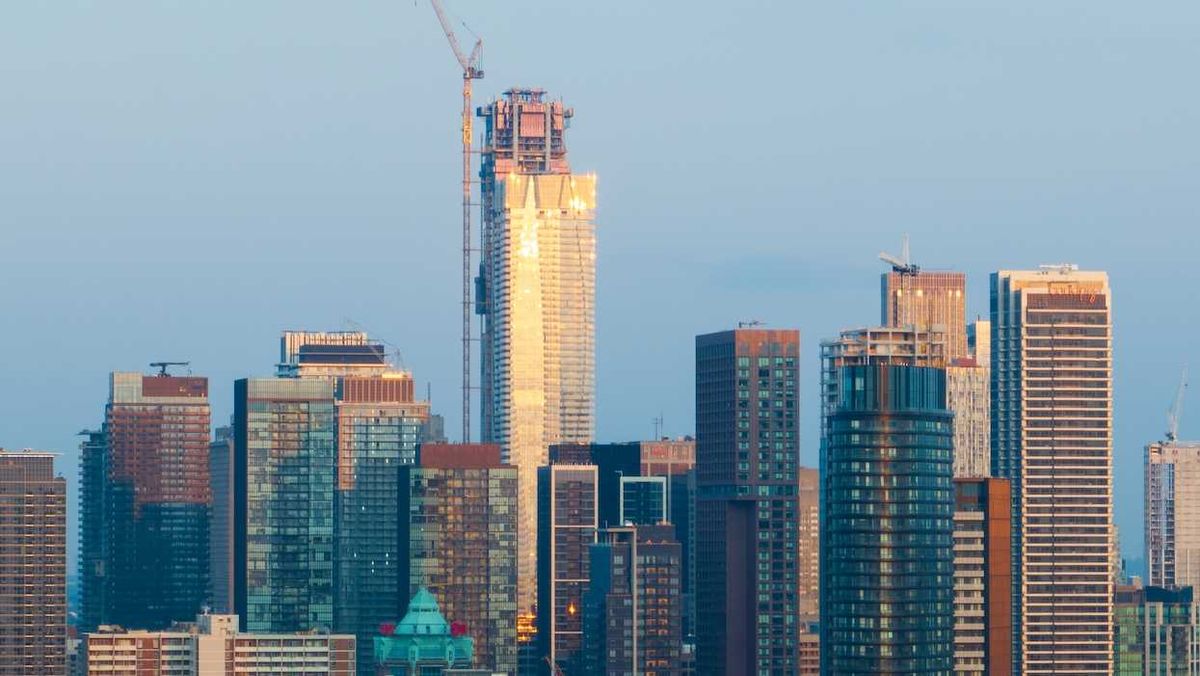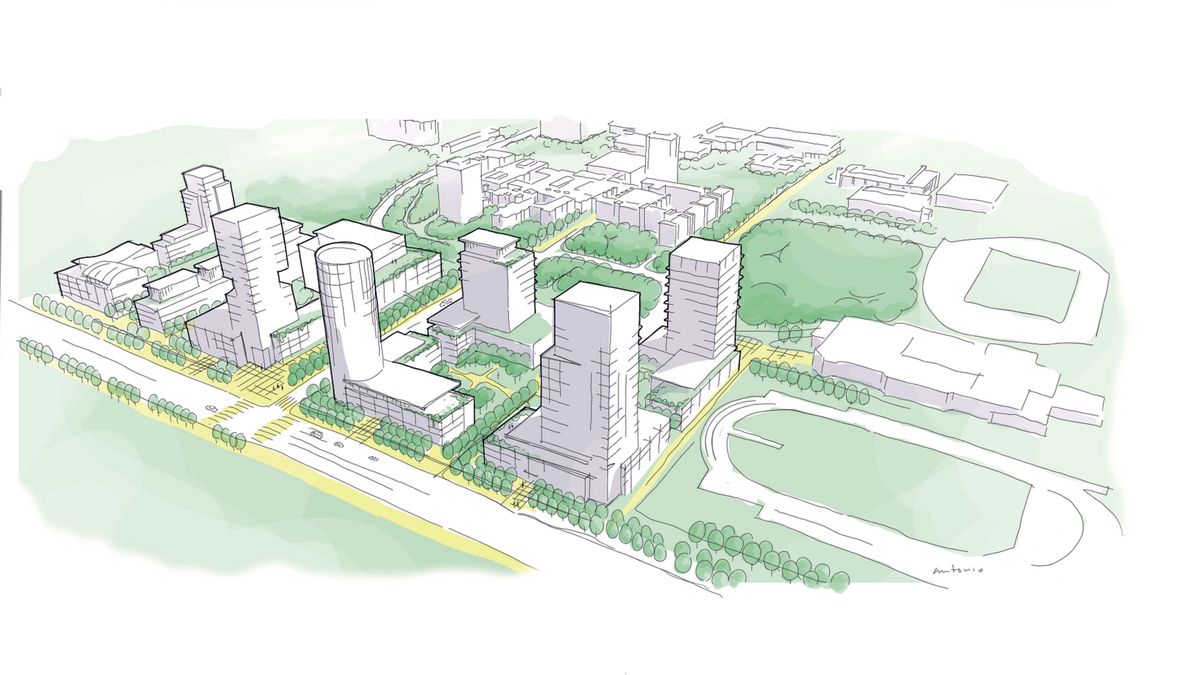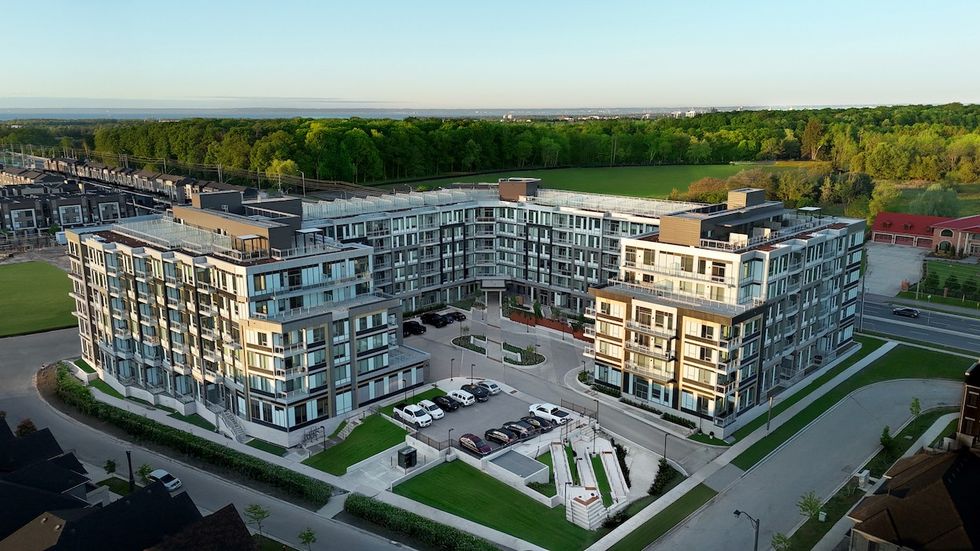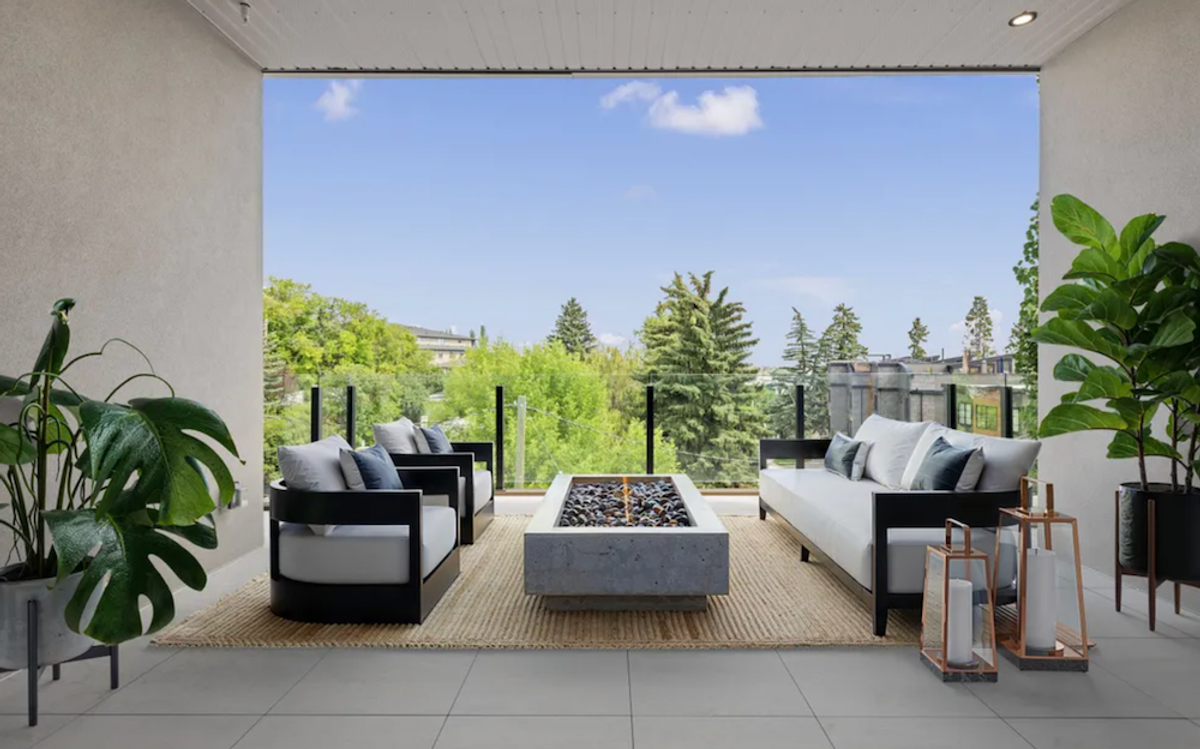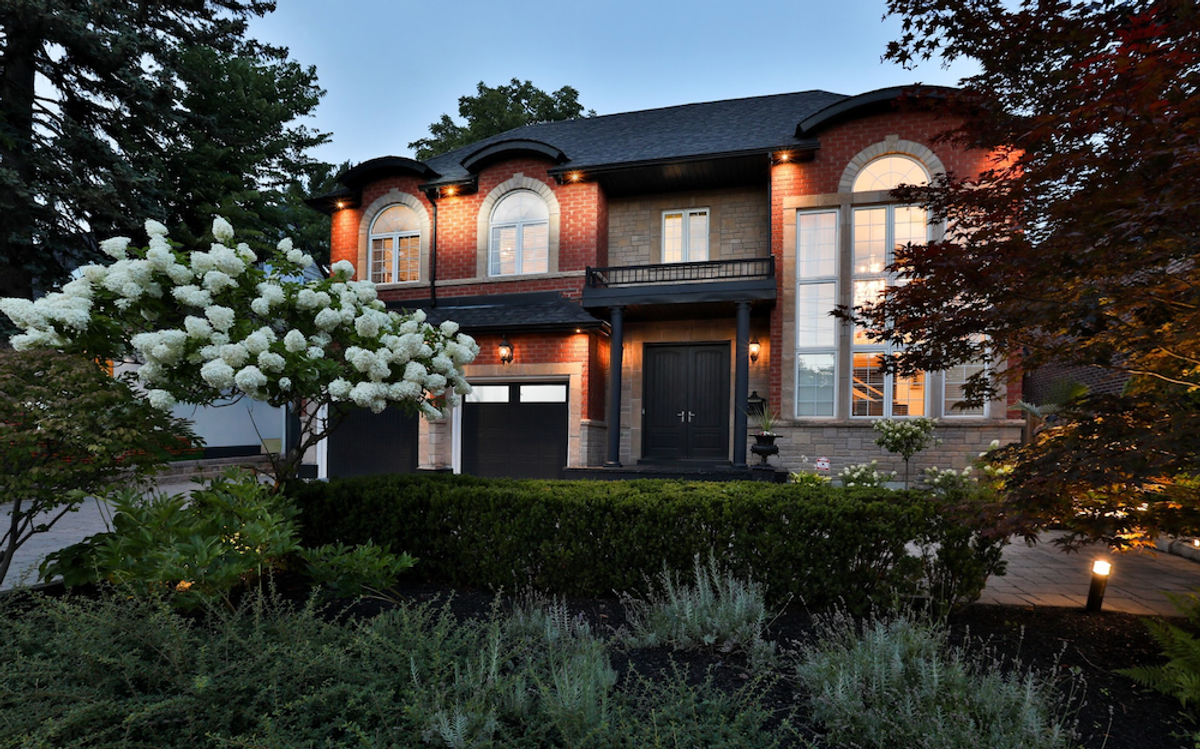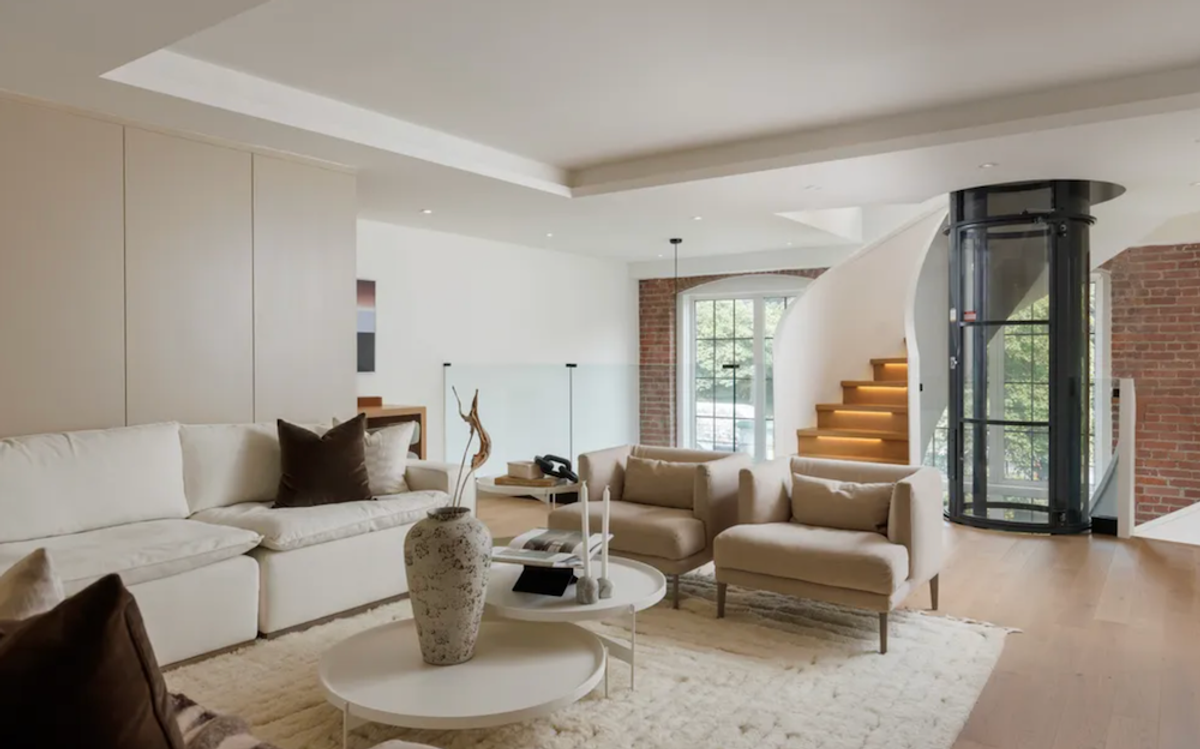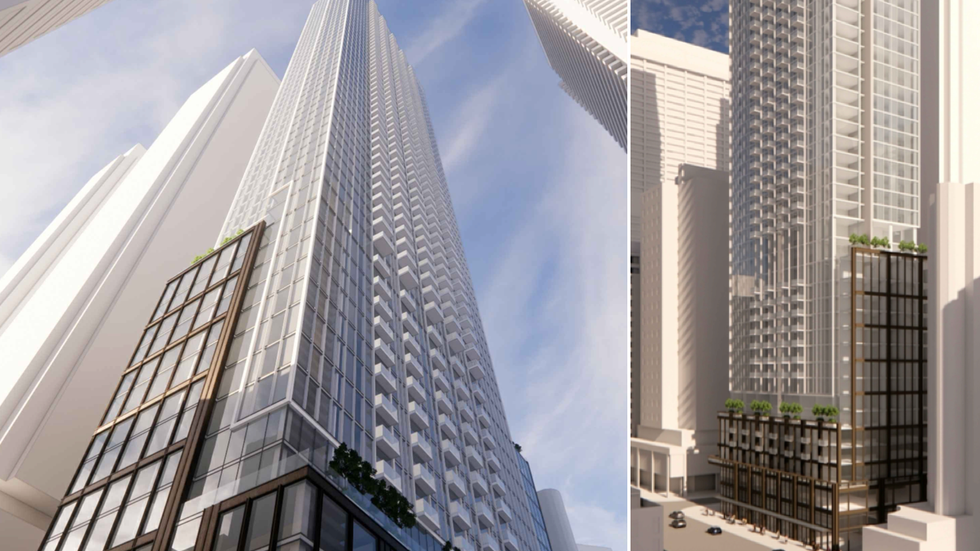BC builders are struggling to come to terms with one more requirement from the province for improved construction methods that they fear is going to tip even more projects into “impossible to finance and build” territory than they are already facing.
That new requirement: Stronger protections from earthquakes, particularly for six-storey wood-frame apartment buildings and particularly in certain areas of Victoria where the soil has been reclassified as having increased vulnerability to seismic shaking.
A consultant report for the province, obtained by STOREYS, that estimates the impacts of the revised requirements has pegged the additional costs for thicker walls and more bracing at up to 80% higher for the seismic components by themselves.
The overall impacts were not clear, as the consultant combined increased costs for both new seismic regulations and new requirements for adaptable units. (The province reduced its original goal of requiring that all new housing in the province be built to “adaptability” standards, which would mean they could be easily converted to units appropriate for people with various kinds of disabilities.)
The combined calculation was estimated at 21% more for six-storey wood-frame buildings and 16% for 20-storey concrete towers that are built on soil judged to be the most vulnerable to earthquakes in BC. The report, done by a team from GHL Consultants Public, and WHM Structural Engineers, is dated Jan. 31, 2025.
Single-family homes, row-houses, and townhouses are not included in the report, as they are deemed to be unlikely to shift significantly.
“Townhouses, as smaller and lighter buildings, are not as strongly affected by seismic forces as larger buildings,” said the report.
But that’s small comfort to an industry that has shifted to building many more multi-unit and multi-storey projects in recent decades.
“On a six-storey building, it’s $5 million of additional construction costs, which isn’t possible,” said Adam Cooper, Director of Community Planning and Development at Abstract Developments in Victoria.
He and others are concerned that the changes, which are the outcome of new national findings on earthquake conditions in Canada, seem to have incorrectly grouped Victoria in with other areas that do have very poor building conditions for earthquakes.
“The national-level modelling extrapolated some other areas’ soil conditions to us,” said Cooper.

In Vancouver, Evan Allegretto, President of the major development company Intracorp, said the new seismic requirements are “going to make a lot of projects unviable.” He said the impact could be quite high in the Fraser Valley, where there is so much low-rise wood-frame building – the type of project that is the most affected by the new regulations.
“In some places, it will increase the cost of housing over 10%.”
And some builders are mystified as to why so much emphasis is placed on new housing, which is already built to fairly high standards, while the province has no requirement or incentive program to get owners of existing older homes to upgrade.
However, earthquake experts say the new requirements are not some passing feel-good move by the province, but are based on solid science.
“It’s not political. It’s a science and engineering agreement,” said Dr. Carlos Ventura, the director of the Earthquake Engineering Research Facility at the University of BC. The national group deciding on new building-code standards also includes builders.
The consultant report notes that the new building-code requirements stem from corrections that scientists made to their earlier model.
“The 2020 [National Building Code], upon which the 2024 [BC Building Code] is based, has been updated to correct design deficiencies that existed in the 2015 NBC as well as to reflect the new scientific data on the predicted locations and severity of earthquakes, which could be more severe than previously thought,” said the report. “The intention is not to raise the bar for building design but simply to maintain the same level of performance given the updated earthquake hazard data and deficiencies identified in the 2015 NBC.”
BC, the most seismically vulnerable area in Canada, has a complex situation when it comes to the 400 earthquakes a year that affect the province.
The one with the most damaging potential – and the rarest likely one – is from the Cascadia Subduction Zone off the coast of Vancouver Island. It’s possible impact was vividly described in an eye-popping 2015 New Yorker article that envisioned everything west of the I5 freeway to the south of BC in Washington essentially falling into the sea.
Natural Resources Canada has documented 13 of those “megathrust-type events” in the last 6,000 years, one every 500 to 600 years. The last one in BC was 300 years ago, with reports from Japan at that time about the resulting tsunami that hit their western coast.
But there are other plates under and near BC that cause smaller but more frequent ground-shifting movements, from the Juan de Fuca Plate around southern Vancouver Island, the Explorer Plate near the north end of the island, and the North American Plate under mainland BC.
As well, scientists published a paper in late 2023 about a new fault discovered in Victoria that has influenced the province’s building-code changes. The XEOLXELEK-Elk Lake fault runs 72 kilometres across the Saanich peninsula and has the potential to affect 400,000 people living in the Greater Victoria area.
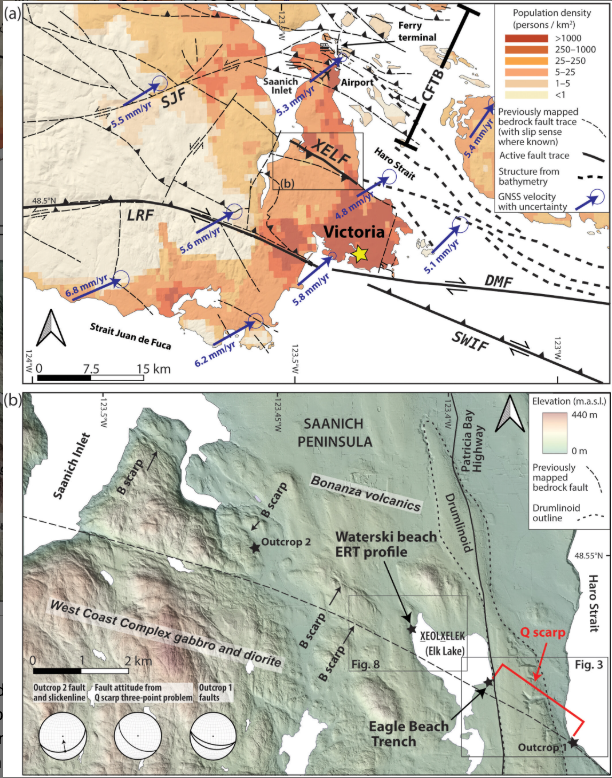
The 2020 update from Natural Resources Canada also recalibrated soil factors.
“Soil amplification factors changed significantly between BCBC 2018 and 2024. As an example, forces for a building designed for some of the more difficult soil conditions in Victoria, soil class D, will see an increase of seismic force of approximately 180% from the BCBC 2018 to the 2024. This represents the upper end of force increase encountered in the province,” said the province’s consultant report.
In spite of the new science, no one is saying that builders are being asked to construct something that will survive anything.
“You can never get earthquake-proof because there is no such thing,” said Dr. Ventura.
But better construction methods mean that people will survive 9-Richter scale earthquakes without their houses collapsing on them and killing them. In the case of the less powerful earthquakes that are more likely to occur in BC, they will not just survive but their homes may continue to be habitable with only some minor repairs.
As to why the province doesn’t require that all owners upgrade the tens of thousands of more earthquake-vulnerable homes that were built in previous decades, Dr. Ventura said “this is the owner’s decision.”
The professor, who reinforced his own 1929 house in the Vancouver west-side neighbourhood of Dunbar to make it more earthquake resistant, said that more homeowners might be inspired to do that if the insurance industry pushed harder to make them upgrade.
“But the insurance industry has not moved one inch on that.”
In the meantime, for those trying to grapple with the new requirements, which affect anyone applying for a new project after March 10 of this year (projects in stream and with building permits by March 2027 will not have to meet the new requirements) are trying to figure out what to do.
Dusty Delain from Amity Construction Inc. in Victoria said the requirements for thicker structural walls – shear walls in builder talk – will mean that small condo units will now be even smaller. And those thicker walls, already more expensive, will also require more nails, more bolts, more everything, all adding to the cost.
“To put all of this on deeply needed units is a punch in the gut.”
Another Victoria builder, more phlegmatic, said that, given the need for stronger seismic construction, cities that want to see developers continue to build will need to find a way to help them reduce costs in other ways.
“There are a number of things a municipality can do,” said Chris Quigley, Director of Development at Aryze, which builds mainly six-storey wood-frame apartments. Cities could do more to factor soil conditions into their zoning decisions, he said. They could speed up their permitting process and provide guaranteed timelines to save builders money and uncertainty. Or they could even provide exemptions.
As well, cities could make allowances for the thickness of the new walls by measuring allowable square footage from inside the unit rather than outside.
One experienced engineer who deals with seismic issues regularly also offers a note of optimism.
Andy Mill, an engineer and Chief Operating Officer at David Nairne + Associates Ltd. in North Vancouver, said the costs are likely not going to be as high as what the report projects or what builders fear.
He said the consultants produced very conservative – as in more expensive – estimates.
The increased cost for single-family homes and townhouses will be minor, he said.
For the most affected category, the six-storey wood-frame buildings in the poor Class C, D, and E soils, things may not be as bad as the report makes it look, he said.
“That 20% is conservative and what I would consider worst case.”
For example, the consultants looked at the cost of adding the thicker shear walls on one floor and just multiplied that by six. But, said Mill, walls don’t have to be as thick on the top floors as at the bottom.
“As you move up the building, the demand for shear goes down.”
And he’s convinced that, just as new research has driven the demand for better construction, new research can also help provide some solutions.
“In this small area in Victoria, you can science your way out of this. If you do more modelling on the seismic shaking, for example, you can reduce the amplification.”
Like Dr. Ventura, with whom Mill has worked for 20 years, Mill said that the goal is to help people and homes survive the smaller earthquakes handily.
While everyone talks all the time about the “big one,” said Mill, “it’s far more likely you’re going to get an earthquake half that size, where people can go back into their homes after. So, let’s make sure we don’t have to tear the whole neighbourhood down.”
